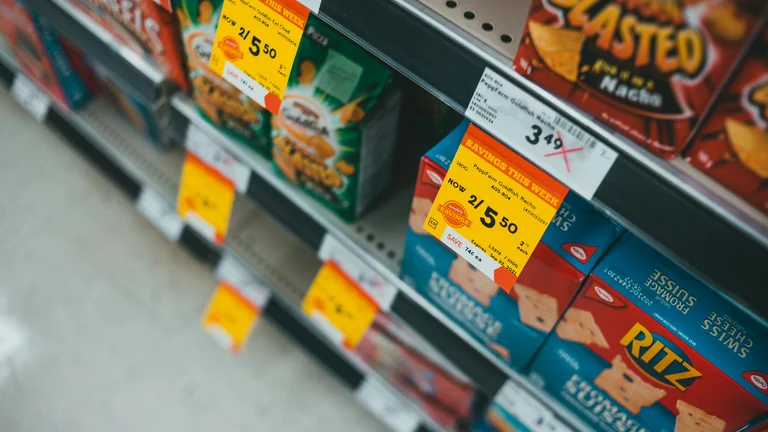Plan Your Meals

Start with a simple meal plan. Map out your meals for the week. This helps in reducing impulse buys and lowers food waste. Use a template or notebook. List the main ingredients needed for each meal. This makes grocery shopping efficient. Stick to this list when shopping. Avoid aisles that do not have items on your list. Meal planning minimizes repetitive snacks and promotes healthier choices.
Use Coupons and Discounts
Coupons are a practical way to save cash. Look for coupons in local newspapers, apps, and websites. Many grocery stores have loyalty cards offering discounts. These can be combined with manufacturer coupons for greater savings. Always check weekly ads for promotions. Purchase items on sale, especially if they are non-perishable. This decreases your overall grocery bill without sacrificing quality.
Buy in Bulk
Buying in bulk can reduce costs significantly. Items like grains, canned goods, detergent, and toiletries are often cheaper when purchased in larger quantities. Evaluate your household usage to avoid overbuying. Store food items properly to elongate their shelf life. Consider joining a warehouse club for better bulk prices. Divide larger items into smaller portions. This prevents waste while maximizing savings.
Choose Generic Brands
Generic or store-brand products are usually more economical than name brands. Compare ingredients and nutritional values. In many cases, the quality is similar. Test different products to see which ones you prefer. This simple switch can help maintain your budget without compromising taste. Choosing generics is a straightforward way to cut costs while shopping.
Track Your Spending
Maintaining a budget is essential for saving. Use an app or a simple spreadsheet to track grocery expenses. Categorize your spending to see where you overspend. This can bring awareness and help in making smarter choices in the future. Set monthly limits for groceries and household items. Adjust as necessary to promote savings in areas where overspending occurs.
| Strategy | Benefits |
|---|---|
| Meal Planning | Reduces waste and impulse buys |
| Coupons | Direct savings on purchases |
| Buying in Bulk | Lower unit prices for non-perishables |
| Generic Brands | Similar quality for less cost |
| Tracking Spending | Identifies overspending areas |
FAQ - How to save on groceries and household expenses
What are effective ways to reduce grocery costs?
Effective ways to cut grocery costs include meal planning, using coupons, buying in bulk, switching to generic brands, and tracking monthly spending to identify savings.
How important is meal planning?
Meal planning is crucial as it helps prevent impulse purchases and reduces food waste, making grocery shopping more efficient.
Are store-brand products worth trying?
Yes, store-brand products often match the quality of name brands but at a lower price, making them a smart choice for savings.
How can I effectively track my grocery expenses?
Tracking grocery expenses can be done through budgeting apps or spreadsheets. Categorizing spending helps identify overspending areas.
What are the benefits of buying in bulk?
Buying in bulk typically lowers costs and is ideal for non-perishable items. Just ensure proper storage to avoid waste.
To save on groceries and household expenses, implement meal planning, use coupons, buy in bulk, choose generic brands, and track your spending. These simple strategies can lead to significant savings and more efficient shopping, helping you stick within your budget effectively.
Implement these strategies to effectively manage and reduce your grocery and household expenses. With mindful planning and consistent tracking, you can create a budget that reflects your needs while saving money and reducing waste in the process.